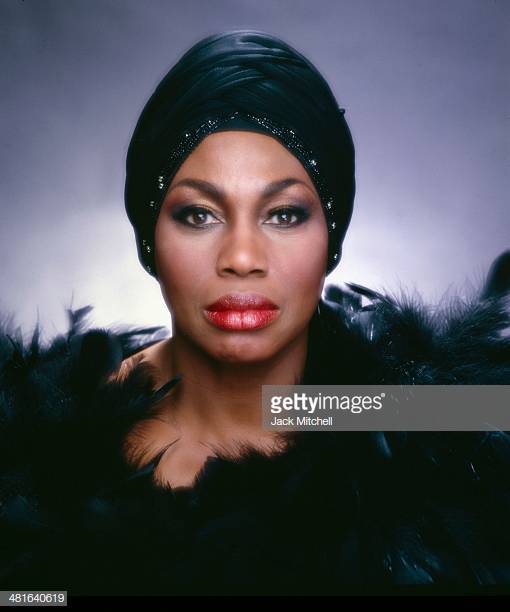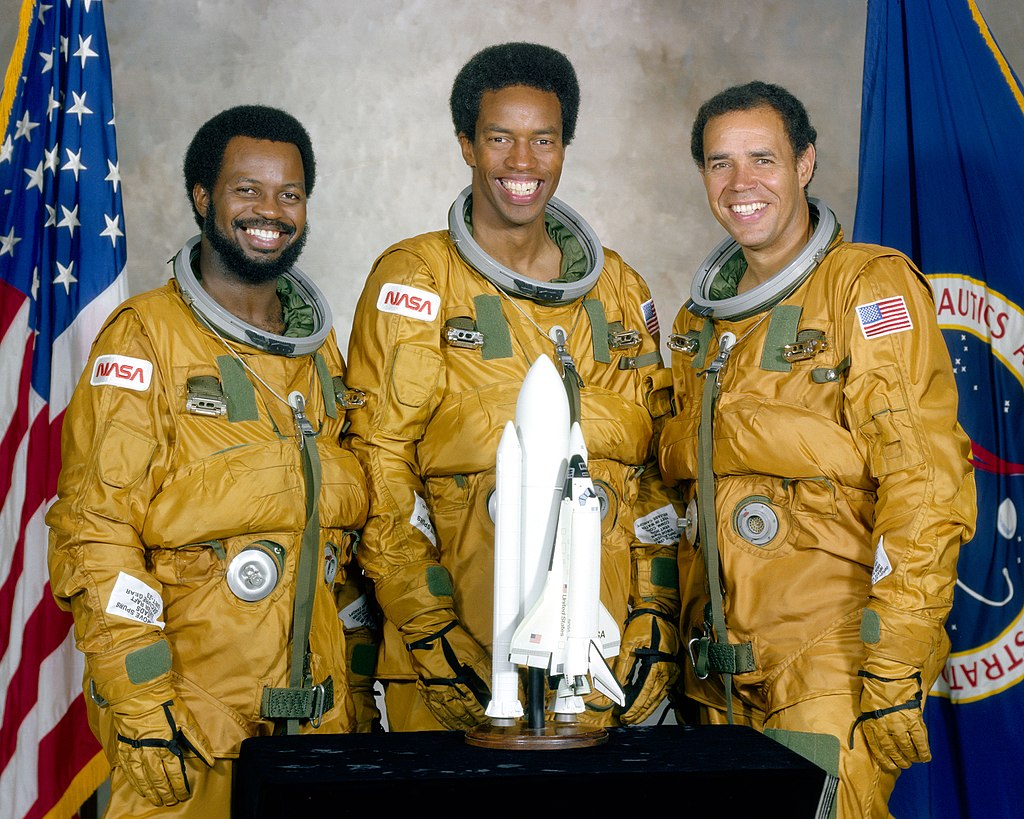
AFRICAN AMERICAN CONTRIBUTIONS

African American contributions have been hidden, lied about and stripped from them since slavery and still prevail today. The minds of blacks were painted as illiterate, untrainable and fit only to do physical labor. Some of those myths ring true in the culture at present. This article seeks to reveal a few of those supposedly non-existent “gifts” to society.
THE CULTURAL ADVANCEMENT OF LEONTYNE PRICE
To any female African American kid aspiring to become a classical singer, soprano Leontyne Price was the idol! She commanded the stage with grace, honor and sophistication…her demeanor reeked royalty. No one, black or white matched that! Ms. Price may not realize the number of little black girls, particularly in the heart of the south, who saw her as a role model—a pathway to liberation, dignity and respect.
Leontyne Price was born in Laurel, Mississippi, on February 10, 1927. From an early age, she loved music—played the piano and sang in the church choir. But achieving classical success for a black person in a segregated America, could be viewed as a “pipe dream.” However, in 1936 at the tender age of nine, when she saw Marian Anderson in concert in Jackson, Mississippi, she knew it was possible.
AFRICAN AMERICAN CONTRIBUTIONS TO METROPOLITAN OPERA
In 1961, Leontyne Price entered the world stage at the Metropolitan Opera, as Leonara in the Verdi’s opera, Il Trovatore. She retired from the opera stage in 1985 and left singing publicly altogether in 1997.
At the age of 90, she again assumes the role of prima donna, in the documentary, Opera House, by Susan Froemke. For more information on one of the world’s greatest sopranos…click here.
RONALD MCNAIR’S GIFT TO AMERICA

Ronald McNair, physicist and astronaut, was born on October 21, 1950 in South Carolina and was the second African American astronaut to reach outer space. He loved sports, was a black belt karate instructor and an accomplished saxophonist.
As a child growing up in the South in the 50’s and 60’s, young Ronald was not a stranger to racism. He was an enthusiastic and passionate reader. This led him one day into the local library where he tried to check-out a book. When the librarian told him that was not possible, (only whites could check-out books) he was not too happy about that. The police were called, and when the police arrived, it is said the officer told the librarian, “Why don’t you just give him the book?” She did. Now…that same library bears his name. How did that happen?
SHAPING AMERICA’S PROGRESS
It started with McNair graduating from Carver High School at 17. He continued by getting a Bachelor of Science Degree in physics from North Carolina A&T University in 1971 and a Ph.D. in physics from Massachusetts Institute of Technology in 1976. 1978 saw him becoming a candidate for NASA, receiving a year of training and becoming the second African American astronaut to venture into outer space. As a specialist on the Challenger in 1984 he embarked on his first space mission. His last flight was in 1986, when he again boarded the Challenger. Many viewers, the writer being one, watched it take-off from Kennedy Space Center … and …
It exploded in the air. Astronaut Ronald McNair…this issue’s person in history.

DONATING THE ART OF BALLET

BALLET DANCER MISTY DANIELLE COPELAND
Misty Danielle Copeland is the first African American to become principal dancer for American Ballet Theatre. Even though her study of ballet began at an age many may consider late (age 13), Misty was a child prodigy. She won the Los Angeles Music Center Spotlight Award at age 15. Her donation to the art of ballet stands.

Becoming a member of the American Ballet Theatre in 2000, soloist in 2007 and a contemporary, sophisticated dancer in 2015, Copeland was well on her way to professional stardom. Additionally, she is a public speaker, author of two (2) books and narrator of a documentary. Ms. Copeland was born in Kansas City, Missouri in 1982 and currently resides in Manhattan, New York. To get a glimpse of her artistic stardom, view the Youtube video here.
Misty Danielle Copeland…our lady in “A Day in History.”

AFRICAN AMERICAN CONTRIBUTIONS LEAD THE WAY

DR. PHILIP EMEAGWALI
Dr. Philip Emeagwali, mathematician, computer scientist and engineer, was born In Nigeria. He attended Oregon State University, Washington State University and University of Michigan, earning Masters Degrees in civil engineering, marine engineering and mathematics. Later, he received a Doctorate in scientific computering.
Dr. Emeagwali is known for “The Connection Machine,” a machine that uses 65,000 computers linked in parallel to form the fastest computer on earth. It performs 3.1 billion calculations per second. As a result of this enormous success, he was awarded the Gordon Bell Prize in 1989. Other awards included “The Distinguished Scientist Award in 1991 and the Nigerian Achiever Award in 1994. Many consider him to be “The Father of the Internet.”
IMPROVING RACE RELATIONS IN AMERICA

MARY MCLEOD BETHUNE
On December 5, 1935, Mary McLeod Bethune created the National Council of Negro Women, with the purpose of improving racial relationships and conditions nationally and internationally. The centerpiece of the organization’s mission was equal educational programs for African Americans.
McLeod-Bethune was an educator, statesperson, philanthropist, humanitarian and civil rights activist. She is widely known as the founder and developer of a private school for blacks in Daytona Beach, Florida which later became Bethune-Cookman University.
AFRICAN AMERICAN CONTRIBUTIONS BRING UNITY
As a civil rights activist, Mary Bethune gained the title of “The First Lady of the Struggle.” This title was given to her because she was committed to making lives better for people of color. As the daughter of a slave and a field-hand at age five, Mary knew how discrimination limited resources for African Americans. Therefore, she fought against stripping them of their dignity and having a “less than mentality.”
Her appointment by President Franklin D. Roosevelt as a national advisor to the President, revealed her statesmanship, knowledge and dedication to equality. Mary McLeod-Bethune was born July 10, 1875 and died May 18, 1955. Her contribution to the betterment of America, allows her to take her place in the constructive history of America.
ROBERT ABBOTT: A PATHWAY TO FREEDOM

ROBERT SENGSTACKE ABBOTT (1868 – 1940)
Robert Sengstacke Abbott was born in the State of Georgia, graduated from Hampton Institute, and relocated to Chicago, Illinois, becoming part of the 20th century migration of blacks from the south.
He was the son of a slave, and because of the intense racism he suffered, he hated racist injustice. Observing mistreatment of blacks in America, he decided to “move the hand” toward justice in any way he could. With a 25-cent start-up, Abbott wrote, edited and delivered a four-page pamphlet in black neighborhoods, raising their consciousnesses to the American system of injustice and discrimination.
BLACK CITIZENS CONTRIBUTE TO JOURNALISM
Quickly, the pamphlet grew into a newspaper, the Chicago Defender and reached a million weekly readers. It was banded in the south for a few years because it urged blacks to abandon the Jim Crow south and head north. However, Abbott found a way to infiltrate the south with his paper … the Brotherhood of the Sleeping Car Porters, the first African American Union, founded by A. Phillip Randolph. Papers were loaded into porter cars and transported to the south. With the increased availability, the readership grew and the Chicago Defender not only impacted the rise of the black community in Chicago, but the African American culture nationwide.
Prior to his death in 1940 of Bright’s disease, Robert designated his nephew, John H. Sengstacke as his successor. Under the leadership of young Robert, the paper continued to flourish, with distributorships in cities like Memphis and Detroit.
The Chicago Defender – a bright light in the dark history of America.
More information can be found by clicking here.
